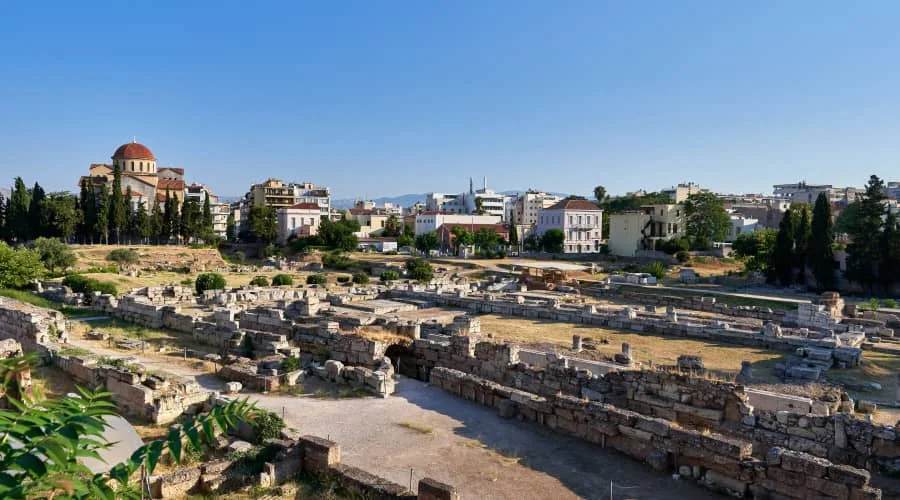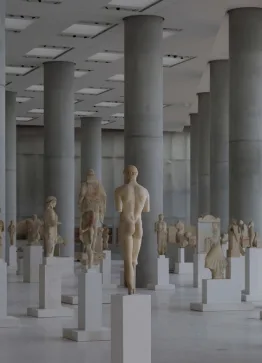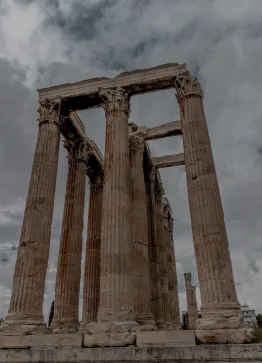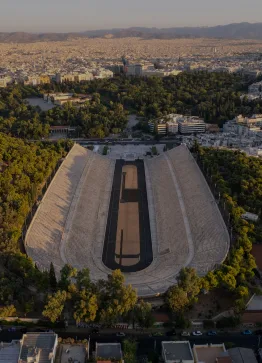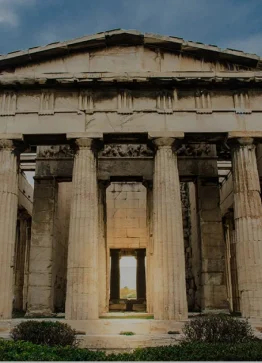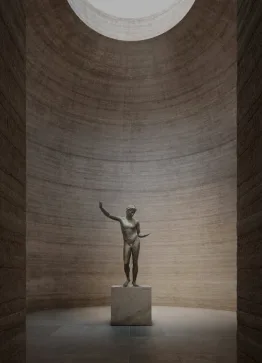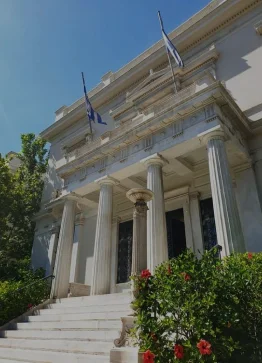Kerameikos

About the Kerameikos
Kerameikos, an ancient district in Athens, beckons with its historical significance and archaeological treasures. Situated northwest of the Acropolis and along the banks of the River Pireos, this area has a storied past. This ancient area, named after “keramos,” meaning pottery in Greek, was once a thriving neighborhood and the city’s primary cemetery. Themistocles, a well-known Athenian general who was crucial to the Greco-Persian Wars, called it home.
One of Kerameikos’ most significant features is its status as the first cemetery of Athens, serving as the final resting place for Athenian citizens from the 12th century BC onward. The Kerameikos Cemetery is an archaeological site of immense historical value, offering a glimpse into ancient funerary customs and art. Visitors can explore the remnants of the ancient city walls, the Dipylon Gate, and numerous graves and tombstones within this historic cemetery. The Ceramicus, a part of Kerameikos, was a bustling marketplace and the backdrop for philosophical gatherings. It invites travelers to step back in time and discover the fascinating layers of Athens’ past.
It is a must-visit archaeological site for anyone looking to peel back the layers of Athens’ past because as you stroll around the tranquil grounds of Kerameikos, you’ll immerse yourself in the city’s rich history and get insight into its cultural and funerary practices.
History of the Kerameikos
In ancient times, Kerameikos held a special place in Athens’ history. One of the most important cemeteries in history was located there. Back then, it was common for cemeteries to extend beyond the city walls, and Kerameikos was no exception. This cemetery was not only a final resting place but also a reflection of the city’s rich history.
Kerameikos had another claim to fame in ancient times– it was a bustling center of Attic ceramics. The exploration of Kerameikos began in 1863 when the Greek Archaeological Society conducted the first scientific excavations. Later, in 1913, the German Archaeological Institute joined in the efforts, and since then, extensive excavations, research, and restoration work have taken place.
The treasures unearthed during these excavations can be divided into two parts. The finds from the early excavations can be seen at the National Archaeological Museum in Athens. On the other hand, all the discoveries made during the German excavation work are displayed at the Kerameikos Archaeological Museum. This museum was established in 1937 and has expanded over time, providing visitors with a captivating journey through the history of Kerameikos and ancient Athens.
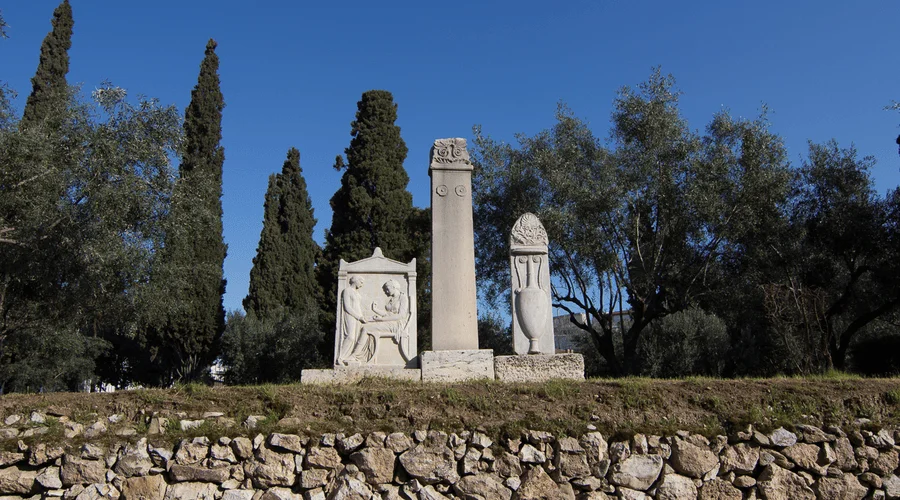
Tips for your visit
- Plan Your Route: Kerameikos is situated near Pireos Street, making it easily accessible. If you’re interested in specific aspects of its history, like the Ceramicus or Themistocles’ connection, combine your visit with them.
- Archaeological Site: Explore the archaeological site of Kerameikos, which includes well-preserved tombs, grave markers, and remnants of ancient structures. Take your time to wander through the area and absorb its historical aura.
- Museum Visit: Plan a visit to the Kerameikos Archaeological Museum, located on-site. It houses a remarkable collection of artifacts discovered during excavations, providing valuable context to the site’s history.
- Tickets: Purchase your Kerameikos tickets, which grant you access to the archaeological site and the museum. Check for any discounts or combination tickets if you plan to visit multiple archaeological sites in Athens.
- Guided Tours: Consider joining a guided tour to gain deeper insights into the site’s history and significance. Knowledgeable guides can provide context and enrich your experience.
- Comfortable Attire: Wear comfortable walking shoes and attire suitable for exploring the outdoor archaeological site. Athens can be hot during the summer months, so sunscreen and a hat are also advisable.
- Photography: Confirm the museum’s policy on photography, as some areas may have restrictions.
- Respect to the Site: Show respect for the site’s historical and cultural significance. Refrain from touching or climbing on ancient structures and artifacts.
Tickets
Explore the ancient history of the archaeological site of Kerameikos with ease. Kerameikos ticket prices are affordable making them accessible for all. General admission is only €8.00 while Youth aged (6-25) and senior citizens 65 and above can enjoy at the price of €4.00. Children up to 5 years old and EU visitors up to 25 years old can enter for free. Step into the past and discover the rich heritage of Kerameikos. Secure your Kerameikos tickets today and start your archaeological adventure!
How to arrive
Kerameikos, the archaeological site in Athens, is conveniently located and accessible by various means of transportation:
By Metro: The Athens Metro is one of the easiest ways to reach Kerameikos. Take Line 3 (the blue line) and get off at the “Kerameikos” station. The archaeological site is just a short walk from there.
By Bus: Athens has an extensive bus network. Several bus lines stop near Kerameikos, including lines 049, 815, and 838.
By Tram: The Athens Tram network is another option. Take the tram to the “Kasomouli” stop, which is within walking distance of Kerameikos.
Taxi or Ride-Sharing: Taxis and ride-sharing services like Uber are readily available in Athens and can drop you off directly at the site.
Walking: If you’re staying in the city center, Kerameikos may be within walking distance, depending on your location. It’s a pleasant walk if you have the time and prefer to explore on foot.
